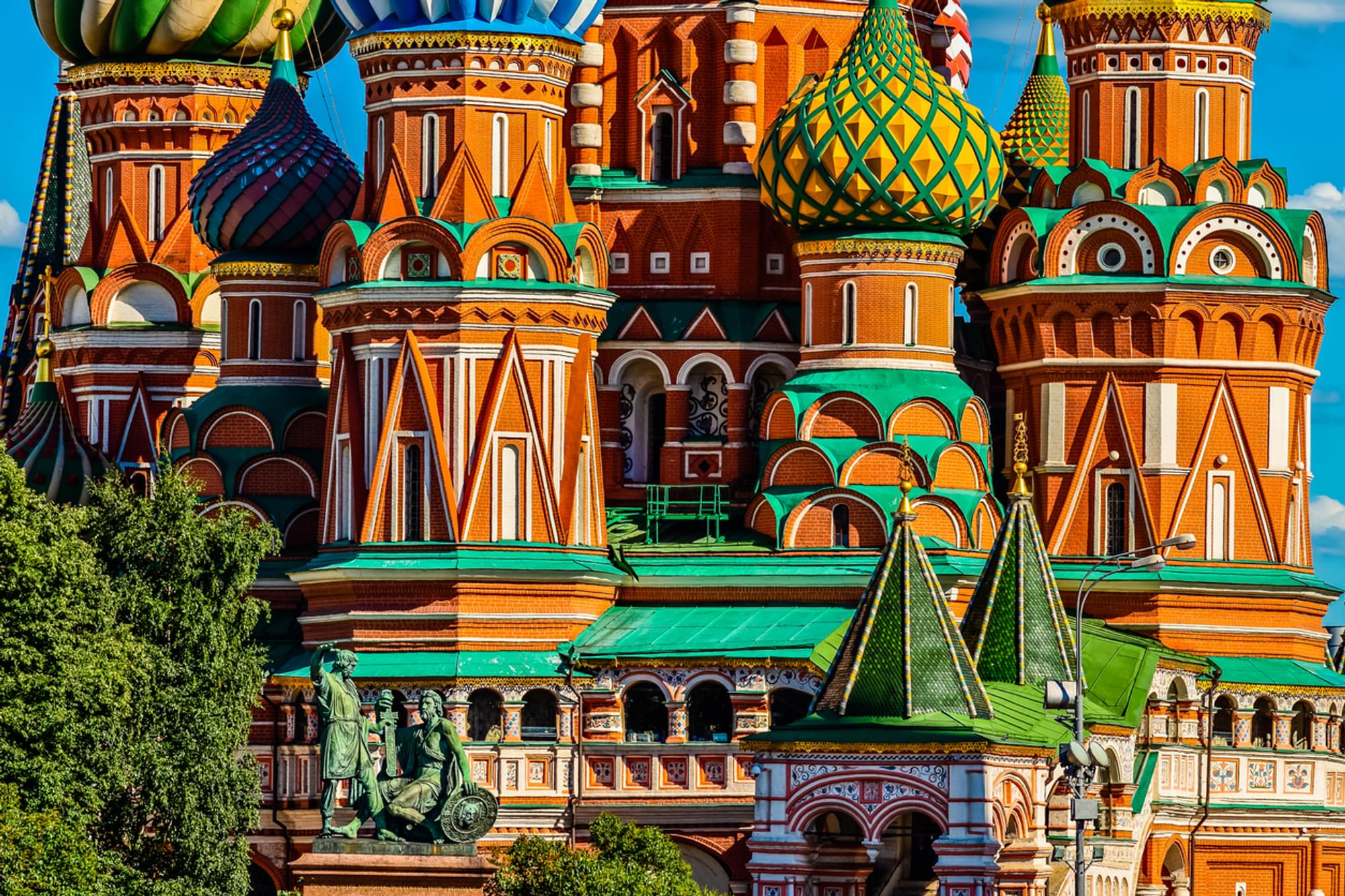Few observers would expect Russia – a vast country, of which a substantial chunk is covered in permafrost – to lead the fight against global warming. For years, that has indeed been the case. The country’s leader, Vladimir Putin, has until quite recently been a renowned climate change sceptic, once quipping that the warming climate may not be such a bad thing “because Russians would spend less money on fur coats”.
Propping up this stance is the country’s reliance on hydrocarbons. According to the Ministry of Natural Resources and Environment’s own estimates, the combined worth of the country’s oil, gas and other natural resources amounts to 60% of its GDP. The country is battling the KSA and the US for the title of largest oil exporter in the world – currently, hydrocarbon revenues generate 30% of GDP and 50% of the state budget.
The Russian government has also been very active in Arctic exploration, where it is seeing a potential windfall from drilling for resources in the Arctic circle as ice melts and the Arctic passage opens up. Rosneft hopes to unlock as much as 1.5 billion tons of oil in the country’s Far North and also cut average shipping distances by as much as 40%.
That said, the government’s lukewarm approach to tackling climate change may be questionable, yet also understandable. With most significant economic initiatives in the country needing state leadership, or at least strong state backing, this approach did not bode well for the proliferation of renewables in the country: another telling quote from Putin from July this year epitomized the broader lack of enthusiasm for alternative energy sources:
“Wind-powered generation is good, but are birds being taken into account in this case? How many birds are dying? Wind turbines shake, causing worms to come out of the soil. This is not a joke,” the Russian president claimed, somewhat contentiously.
However, it appears that now the ice (pardon the pun) may be thawing. Last month, Moscow unexpectedly announced that the country would formally adopt the Paris Agreement. Officials have claimed that since 1990, the country has been able to reduce its total emissions by about a half, or roughly 41 billion tonnes of CO2.
The change of heart may have to do with increasingly worrying data coming from Russia-based climate researchers; one report by the state meteorological agency found that the average temperature in Russia has been increasing by 0.47 degrees Celsius every 10 years between 1976 and 2018 — 150% faster than the global average. A potential feedback loop, whereby rising temperatures cause peat fires in Siberia that release more methane into the atmosphere, is no longer a pure hypothetical, as vast swathes of the country get covered in smoke every summer.
But whatever the reasons behind this shift in mentality, the push towards sustainability is expected to create opportunities in the renewables sector, and ESG-focussed international investors are beginning to pay close attention to a country that, due to sanctions and rising regulatory risk, was largely absent from their radar screens.
Green Shoots Emerge in ESG Markets
During Bonds & Loans’ discussions with a number of bankers and corporate chiefs on the ground in Moscow, the volume around green bonds was palpable. It wasn’t just empty talk; the sector has already seen a number of breakthrough deals this year, varying in format and scale.
In January, a Siberian waste management company (called Resursosberezhenie KhMAO) blazed a trail with the country’s first certified rouble-denominated green bond, a USD16.4mn deal whose proceeds would go towards establishing municipal recycling plants in the region.
This breakthrough was followed by an impressive international issuance from Russian Railways, the state giant. RZD launched the country’s first “green” Eurobond in May this year, a benchmark EUR500mn issuance with a stunning 2.2% coupon that was 3.5x oversubscribed. A major achievement was the high participation of European and green-focussed investors, which helped put the country on the global ESG map.
More recently, Russia’s aluminium titan Rusal announced a truly unique transaction: a USD750mn sustainability-linked pre-export finance facility with a five-year tenor, much of which is going towards refinancing the company’s USD2bn facility from 2017. The syndication attracted participation from a host of local and international banks and demonstrated the company’s commitment to cutting down its carbon footprint and longer-term sustainability.
These developments, while not yet opening up a pipeline of deals, have certainly attracted a lot of attention and interest to this market in Russia. Two main questions, however, are weighing on the minds of both corporate chiefs and bankers: will we see more commitment to ESG from the government, and is going green financially viable?
No Sign of the Sovereign
While sources in the banking industry admit there is little sign of a possible sovereign green issuance for now, the government has been spurred by recent protests in Moscow and other regions around poor waste management. It is increasingly keen to address this issue, with improved utilization and recycling offering some obvious solution.
The nation’s joining of the Paris Accord also entails some legislative and regulatory shifts. Those include a new Federal Law on Emissions and allocation of resources to fund the reduction of emissions through a state-run Federal Fund, both overseen by the Ministry for Economic Development. The government is preparing to publish its National Climate Plan (NCP) in October, which will set out targets and strategies to limit the impact of global warming.
More pertinent to the ESG universe is another upcoming report, commissioned by the European University of St Petersburg and to be published this autumn, which will assess the state of the sustainable finance market in Russia, and will include a survey of a number of major Russian banks about their strategic plans for this segment. One banker tells Bonds & Loans that one of the focus points will be how to transition existing credit lines to ESG-aligned instruments.
Corporate Interest
In the absence of any clear strategic direction from the state with regards to sustainable financing, for now the impetus to drive the sector appears to rest on the shoulders of corporates. While the deals mentioned earlier have at least demonstrated the viability of sustainable financing in the country, the overwhelming mood in the private sector is still cautious.
“Green bonds are a source of fascination, but also a big illusion – there is for now little understanding of this industry”, noted one state-bank chief.
“Green bonds are there on paper, but we are not seeing any real opportunities, given the lack of regulatory frameworks and slow take-up”, said another banker.
Commercial incentives will likely be crucial to overcoming what appears to be a deeply ingrained scepticism.
For Russian issuers and banks, the question of a “green discount” – as in the wider ESG universe – does not have a clear answer. According to one DCM banker, the key factor producing such a discount could be the rise of dedicated ESG investors in the West, with more and more allocations going towards sustainable financing and – on the flip side – growing number of asset managers being restricted from investing into “dirty” credits.
“Metals, transportation, oil, pulp – corporates in these sectors should, and are, thinking about integrating sustainability principles in their supply chains and production cycles,” the banker claimed.
For now, this trend applies less to high-yield investors, and therefore only impacts Russia’s largest (often state-owned or -linked) corporates – with RZD and Rusal’s green deals coming partly as a result of those pressures. Unfortunately, they are also the only ones who can afford the research and internal support that compliance with these principles requires.
There is also a great deal of uncertainty around borrowers’ responsibility post-issuance, or whether going green in a transactional sense will lead these firms to raise their levels of transparency and disclosure as required by global ESG standard setters.
While a few corporates are already in the early stages of developing internal sustainability tracking and compliance procedures and departments, the practice is nowhere near widespread or large-scale enough to precipitate any significant shifts in this market. What is missing, several contacts admitted, is a legislative and regulatory push.
Foreign Banks, CRAs, Law Firms Taking Lead
In some markets, local regulators have been able to create tangible incentives to issue green through tax cuts and state subsidies. While that would be a huge boon for the industry in Russia, there’s little talk of such advancements happening any time soon. There may be some tangential developments: for example, reforms involving state pension funds are in the works that will loosen restrictions on investing into local assets; according to one source, that could potentially unlock and help funnel capital towards green transactions.
“You see a lot of “pure green funds” in developed markets these days in Europe, so there is a defined pool of investors for prospective issuers to tap and therefore incentive to get accreditation from Sustainably or other agencies; that is not yet the case in Russia,” a source at the MSX admits.
Another contact lamented that while frameworks are well-established in the international arena, a lack of local frameworks not only makes the process complicated, but also entails additional risks of excessively burdensome regulation if and when the government formulates its own domestic “green agenda”.
International banks, law firms and ratings agencies are leading the way: at least two CRAs mentioned that they have set up dedicated departments and one is integrating ESG principles into broader credit assessment criteria, as well as offering sustainability assessments as part of their product suites. Law firms, likewise, are launching “green finance clubs” and developing services that involve “translating” and integrating international green bond principles into the local jurisdiction.
Local banks, still uncertain of the industry’s growth prospects, have been slow to develop sustainable finance products, which has given foreign lenders an edge and opportunity to establish leadership in this market. Early signs suggest local firms are focussing on so called “transitional” instruments – namely, ESG-linked loans and “transition” bonds that can bring entities into the ESG fold on a step-by-step basis.
Whether this activity from international players will spur local lenders and authorities into action remains to be seen. The dam certainly hasn’t burst yet on green financings in Russia, but the recent trickle of deals provides some optimism.









